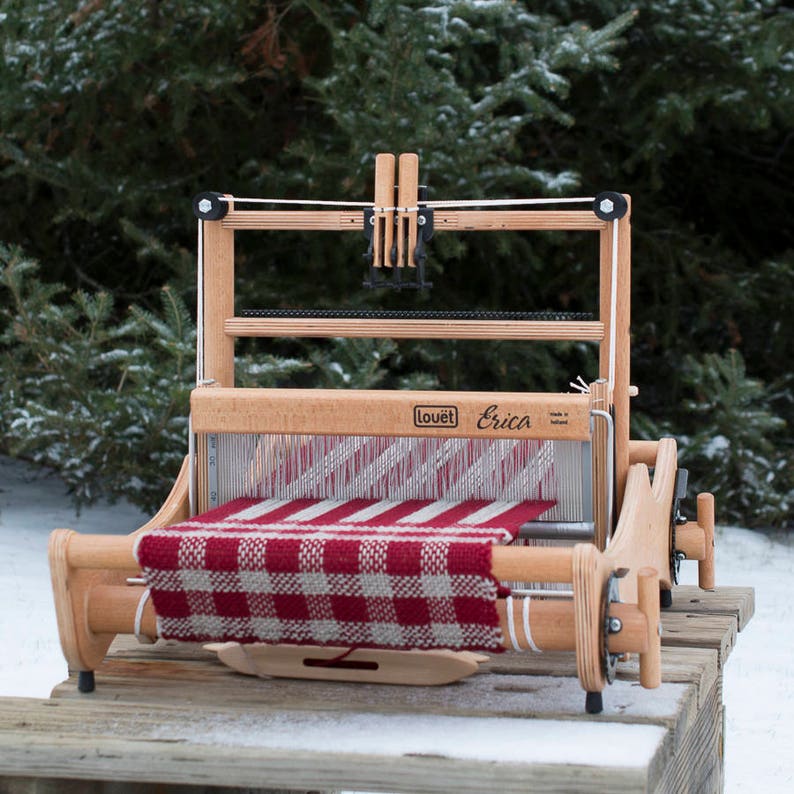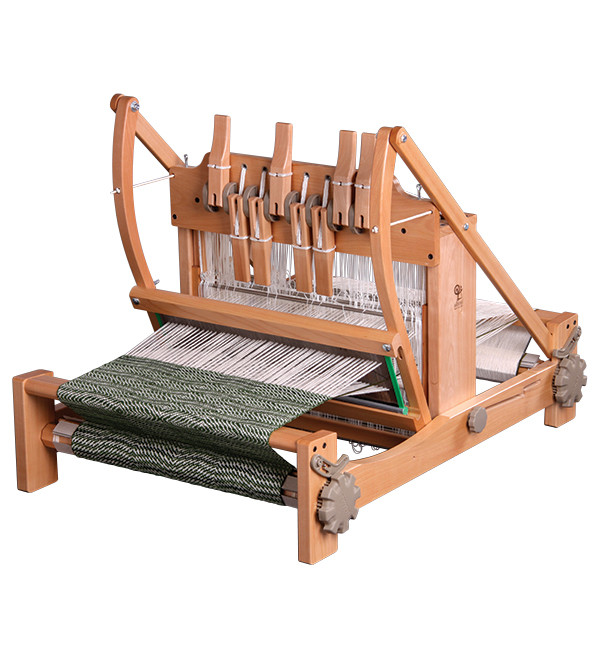
Continue reading… The wheels are recognised as low-cost, easy, and trouble-free and able to spin all fibres in a wide range of sizes. The Ashford range of wheels allows spinners to create a wide range of yarns, from fine to bulky and across a span of novelty yarns using all types of fibre. Many of the early wheels are still in use today. Production of the Ashford Spinning Wheels was restarted in the mid-1960’s with the growth of the small holding culture and enthusiasm for natural products in response to increasing urbanisation.

On our website you will find a range of firing tools, pure silver jewellery findings and fireable gem stones. When kiln, torch or stove-top fired, the binders burn away leaving pure, 99.9% silver and the resulting pieces can be hallmarked. These clays consists of finely ground pure silver mixed with non-toxic binders and water. Art Clay Silver – The precious metal silver clays from Art Clay Silver.This will definitely get you started on your weaving journey!! So now I would love to hear your story, how did you first discover the art of weaving? Have you woven before or is this your first time starting? I love to hear how others have found this art form that I love. Whoa, that’s a lot of info! Hopefully you’ve made it to the bottom of this post. Don’t forget what you can hang your weaves from.I have posted a lot of different ways to finish your weaves, whether you’re cutting your weave off the loom or using your warp loops to hang. Now that you created something beautiful and unique to you, it’s time to take it off the loom so you can share it with the world.
#TABLE LOOM FREE#
I also have a free beginner’s pattern that I send out when you sign up for my weekly newsletter and I made a Weave Along of fun lacy patterns, that you can follow along here.Īnd I hope you won’t need this, but incase you do, here’s my Top 7 Weaving Issues & Fixesįinishing your weave (taking off the loom) I have posted on a bunch on weaving techniques and have already made a round-up of just the techniques here.

This is the fun part of weaving! All the beauty and creativity go here, this is where you make your magic. There are many different looking lap looms, but in my experience they warp up in one of two ways:
#TABLE LOOM HOW TO#
I have a few posts on how to warp different looms. My favorite hand-spun/hand-dyed yarn shop Amanda J French and yarn shop Hedgehog Fibres.What is a Tapestry Beater and how does it work?.I’m also including some of the yarn supplies I love. I’ve written on some of the basic weaving tools and some alternatives that might be in your home right now. When starting out it is hard to know what tools you do and don’t need, and trust me you don’t need much. I also have some great frame looms for beginner’s in my shop.Make a loom out of cardboard – really easy and can be made from cardboard you already have around the house.Make a frame into a loom – doing this gave me a huge 23” x 30” loom!.If you’re having trouble understanding how to do something on your specific loom then feel free to reach out to me and I’ll help the best I can ( If you don’t yet have a loom, then no problem. If you already have a lap loom, then great! Any of my tutorials can work on any lap loom. Of course you’ll need a loom to start weaving. These are the most important terms for understanding weaving, but I have pictures and a few more weaving terms here. It creates your patterns and design in the weave. The weft thread is the thread that you weave between, around, and all over the warp threads.The warp thread is the thread that is strung over the loom vertically, and holds the tension while you weave.

There are a few different types of looms and my blog focuses on how to use a lap loom.


 0 kommentar(er)
0 kommentar(er)
